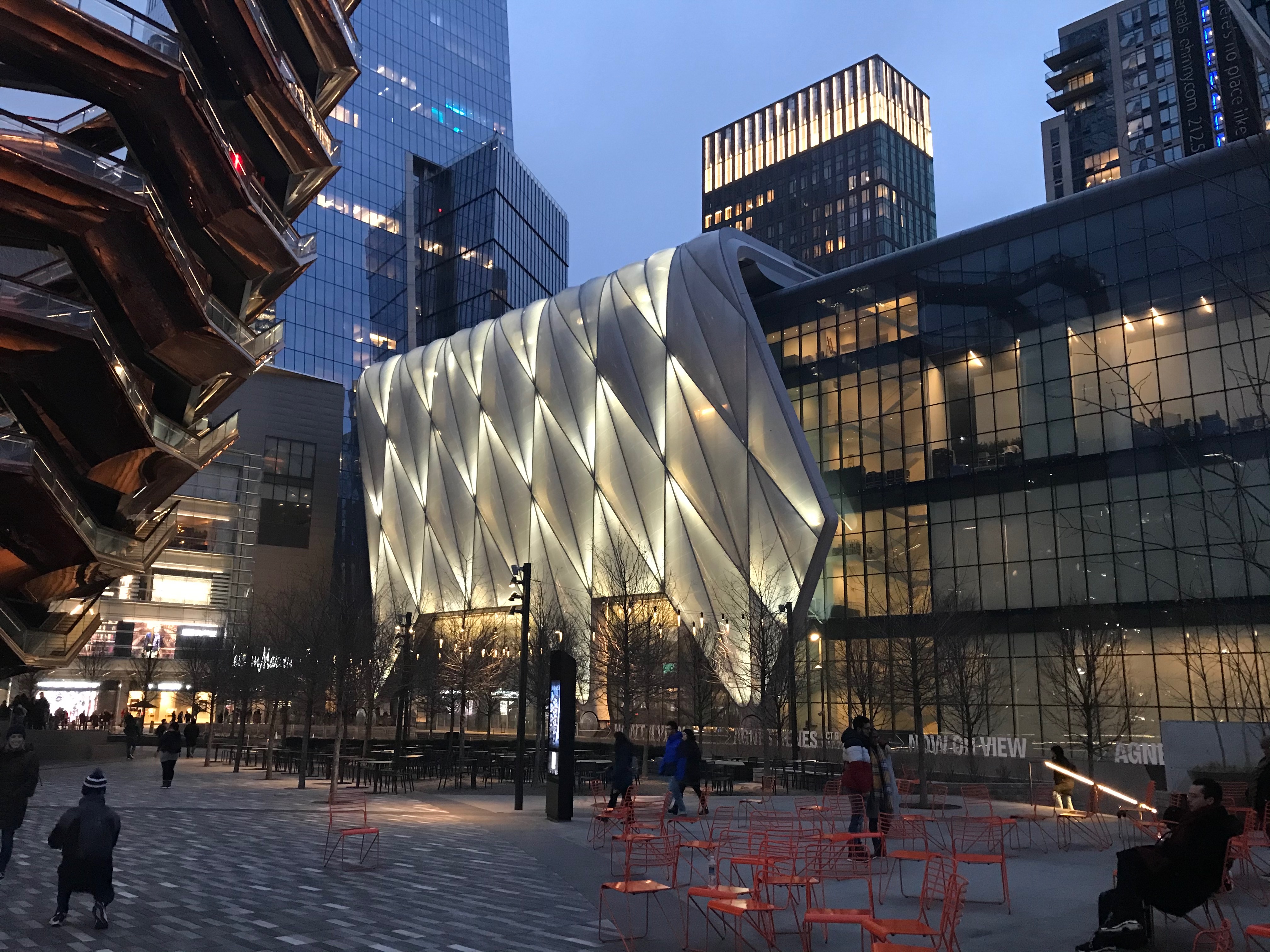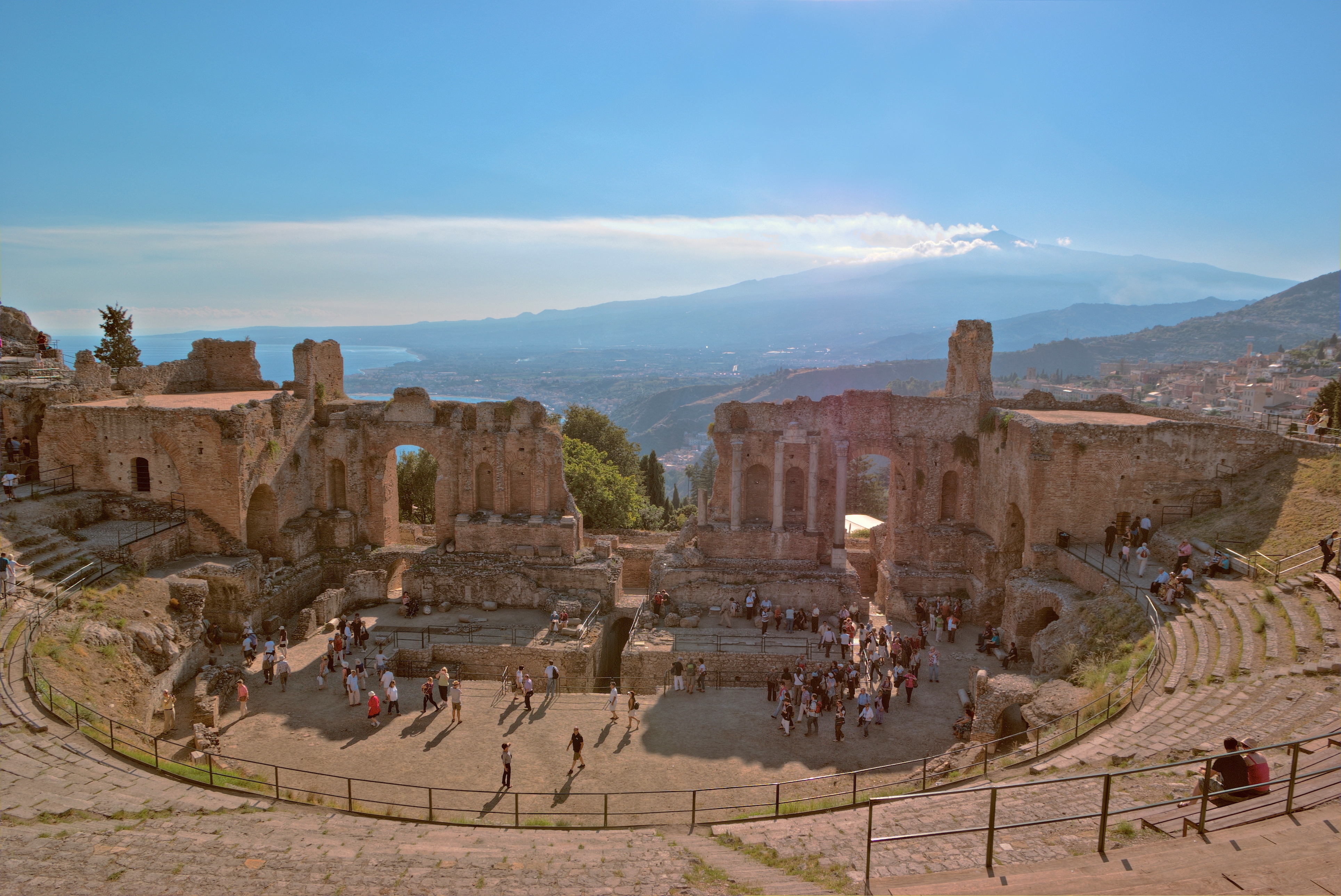|
Redcliffe Hall, Bristol
Redcliffe Hall was an early purpose-built playhouse on Redcliffe Hill, Bristol, England operating in the 17th century. It was built by Richard Barker, certainly before 1637 and possibly as early as 1604. Together with the Wine Street playhouse, Bristol thus had two purpose-built theatres, more than any other provincial city of the time. References * Arthur F. Kinney, ''A companion to Renaissance drama'', Wiley-Blackwell, 2002, . P.216. * Jane Milling, Peter Thomson, Joseph W. Donohue, ''The Cambridge History of British Theatre'', Cambridge University Press, 2004, . P.194. * M.C. Pilkinton, ''REED Reed or Reeds may refer to: Science, technology, biology, and medicine * Reed bird (other) * Reed pen, writing implement in use since ancient times * Reed (plant), one of several tall, grass-like wetland plants of the order Poales * Re ... - Bristol'', University of Toronto Press, 1997, . Pp. xxxvii, lix. Theatres in Bristol Former buildings and structures in Bristol ... [...More Info...] [...Related Items...] OR: [Wikipedia] [Google] [Baidu] |
Theater (structure)
A theater, theatre or playhouse, is a structure where theatrical works, performing arts and musical concerts are presented. The theater building serves to define the performance and audience spaces. The facility usually is organized to provide support areas for performers, the technical crew and the audience members, as well as the stage where the performance takes place. There are as many types of theaters as there are types of performance. Theaters may be built specifically for a certain types of productions, they may serve for more general performance needs or they may be adapted or converted for use as a theater. They may range from open-air amphitheaters to ornate, cathedral-like structures to simple, undecorated rooms or black box theaters. A theatre used for opera performances is called an opera house. A theater is not required for performance (as in environmental theater or street theater), this article is about structures used specifically for performance. Some t ... [...More Info...] [...Related Items...] OR: [Wikipedia] [Google] [Baidu] |
Redcliffe Hill, Bristol
Redcliffe, also known as Redcliff, is a district of the English port city of Bristol, adjoining the city centre to the northwest. It is bounded by the loop of the Floating Harbour (including ''Bathurst Basin'') to the west, north and east, together with the New Cut of the River Avon to the south. Most of Redcliffe lies within the city ward of Lawrence Hill, although the westernmost section, including the cliffs and hill from which the area takes its name, is in Cabot ward.Ordnance Survey (2005). ''OS Explorer Map 155 - Bristol & Bath''. . Bristol Temple Meads station is located in Redcliffe. Redcliffe takes its name from the red sandstone cliffs which line the southern side of the Floating Harbour, behind ''Phoenix Wharf'' and ''Redcliffe Wharf''. These cliffs are honey-combed with tunnels, known as the Redcliffe Caves, constructed both to extract sand for the local glass making industry and to act as store houses for goods. Part of the last remaining glass kiln in the area i ... [...More Info...] [...Related Items...] OR: [Wikipedia] [Google] [Baidu] |
England
England is a country that is part of the United Kingdom. It shares land borders with Wales to its west and Scotland to its north. The Irish Sea lies northwest and the Celtic Sea to the southwest. It is separated from continental Europe by the North Sea to the east and the English Channel to the south. The country covers five-eighths of the island of Great Britain, which lies in the North Atlantic, and includes over 100 smaller islands, such as the Isles of Scilly and the Isle of Wight. The area now called England was first inhabited by modern humans during the Upper Paleolithic period, but takes its name from the Angles, a Germanic tribe deriving its name from the Anglia peninsula, who settled during the 5th and 6th centuries. England became a unified state in the 10th century and has had a significant cultural and legal impact on the wider world since the Age of Discovery, which began during the 15th century. The English language, the Anglican Church, and Eng ... [...More Info...] [...Related Items...] OR: [Wikipedia] [Google] [Baidu] |
Records Of Early English Drama
The Records of Early English Drama (REED) is a performance history research project, based at the University of Toronto, Ontario, Canada. It was founded in 1976 by a group of international scholars interested in understanding “the native tradition of English playmaking that apparently flourished in late medieval provincial towns” and formed the context for the development of the English Renaissance theatre, including the work of Shakespeare and his contemporaries. REED's primary focus is to locate, transcribe, edit, and publish historical documents from England, Wales, and Scotland containing evidence of drama, secular music, and other communal entertainment and mimetic ceremony from the late Middle Ages until 1642, when the Puritans closed the London public theatres. From its inception in 1976 to 2016, REED published twenty-seven print collections of records edited by over thirty international scholars. REED is also engaged in creating a collection of free digital resources for ... [...More Info...] [...Related Items...] OR: [Wikipedia] [Google] [Baidu] |
Theatres In Bristol
Theatre or theater is a collaborative form of performing art that uses live performers, usually actors or actresses, to present the experience of a real or imagined event before a live audience in a specific place, often a stage. The performers may communicate this experience to the audience through combinations of gesture, speech, song, music, and dance. Elements of art, such as painted scenery and stagecraft such as lighting are used to enhance the physicality, presence and immediacy of the experience. The specific place of the performance is also named by the word "theatre" as derived from the Ancient Greek θέατρον (théatron, "a place for viewing"), itself from θεάομαι (theáomai, "to see", "to watch", "to observe"). Modern Western theatre comes, in large measure, from the theatre of ancient Greece, from which it borrows technical terminology, classification into genres, and many of its themes, stock characters, and plot elements. Theatre artist Patri ... [...More Info...] [...Related Items...] OR: [Wikipedia] [Google] [Baidu] |
Former Buildings And Structures In Bristol
A former is an object, such as a template, gauge or cutting die, which is used to form something such as a boat's hull. Typically, a former gives shape to a structure that may have complex curvature. A former may become an integral part of the finished structure, as in an aircraft fuselage, or it may be removable, being using in the construction process and then discarded or re-used. Aircraft formers Formers are used in the construction of aircraft fuselage, of which a typical fuselage has a series from the nose to the empennage, typically perpendicular to the longitudinal axis of the aircraft. The primary purpose of formers is to establish the shape of the fuselage and reduce the column length of stringers to prevent instability. Formers are typically attached to longerons, which support the skin of the aircraft. The "former-and-longeron" technique (also called stations and stringers) was adopted from boat construction, and was typical of light aircraft built until the a ... [...More Info...] [...Related Items...] OR: [Wikipedia] [Google] [Baidu] |




